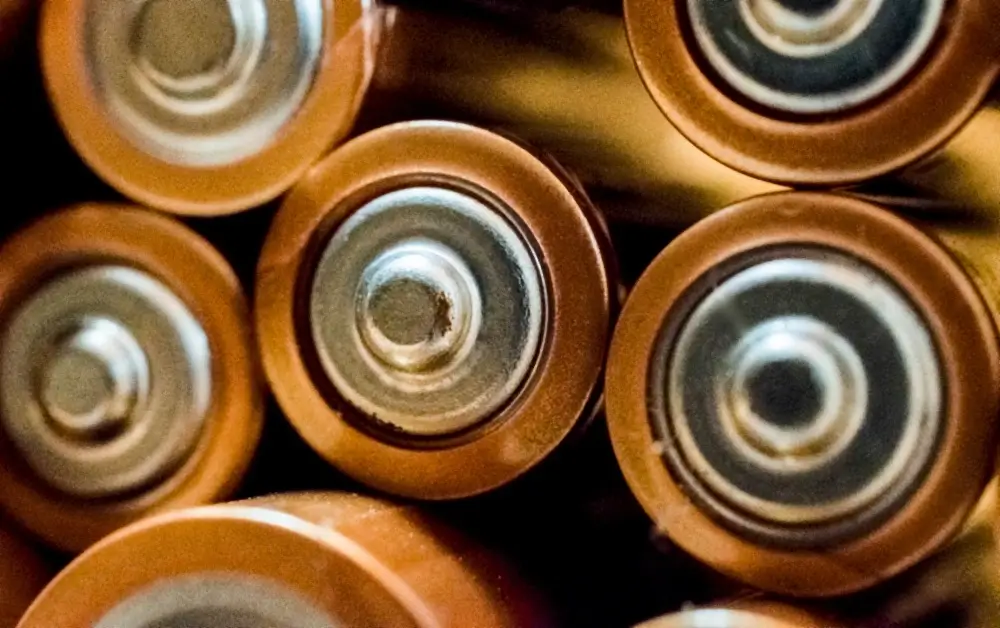We should all recycle our batteries. But few people think about what happens next. We take a deep dive to answer How are Batteries Recycled?
Batteries are classed as hazardous and dangerous waste. Even normal household batteries can contain small amounts of hazardous materials. As such, they should be disposed of at your local recycling center.
But what happens next, and how are batteries recycled?
Batteries are one of the most recycled items in the World. Most recycling centers have specific areas reserved for battery recycling. And nowadays even supermarkets collect batteries for recycling. So there’s no excuse not to recycle.
But how are batteries recycled? And given the toxic parts inside some, what are the recycled components used for?
Battery recycling aims to recover the raw materials inside and then use them again.
When we recycle batteries, we separate them into different battery types such as Alkaline, Lithium-ion, and Lead-acid. Each type is recycled using different methods, so we will look at how to recycle each.
Table of Contents
How are Lead-Acid Batteries Recycled
Lead-acid batteries are the most recycled battery in the world. They have a recycling rate of around 98%.
Batteries have three key components; plastic from the casing, lead and sulphuric acid. These components are all reused in new batteries or other manufacturing.
The recycling of Lead-acid batteries begins with a machine called a Hammermill. It breaks up the battery by hammering it into pieces. These smaller pieces are then placed into a vat where the components separate.
Lead, a heavy metal, and other heavy components sink to the bottom of the vat. Light pieces of plastic float to the surface.
Next, the recyclers scoop plastic pieces off the surface and drain the liquids in the vat. This leaves the lead and heavy metal components in the vat. Each component is then recycled.
Plastic
After washing and drying, the plastic goes to a plastic recycler. Here, the smaller pieces melt into a liquid state. This molten plastic forms small uniform plastic pellets. We use these in manufacturing, particularly of new battery cases.
Lead
The recyclers clean and heat lead components until molten. They then pour the molten lead into molds to form lead ingots.
Whilst still in a liquid state any impurities in the metal float to the surface and are scraped away. These ingots go to battery manufacturers who melt them down to make new batteries.
Sulphuric Acid
There are two options when recycling battery acid. The acid can be neutralized with an industrial alkaline in the water. Once treated and cleaned, this water goes to a water treatment facility. There. it enters the general sewage system.
Alternatively, the acid is processed into Sodium sulfate. This is a white powder used in laundry detergents, textile and glass manufacturing. It is also good as filler for plasterboards and in the agriculture industry.
This recycling process is a closed-loop system. This is because all the components can be and are reused in the manufacture of new batteries.
How are Alkaline Batteries Recycled
Your everyday household batteries are also recyclable. Like lead-acid batteries, they are separated into component parts and reused.
Despite what some might believe, alkaline batteries are 100% recyclable. Many hardware stores and supermarkets now offer recycling collection points.
The Zinc, Potassium and Manganese in alkaline batteries are separated. They are then used in agriculture as fertilizer for crops.
Steel and nickel, which make up almost a quarter of an alkaline battery, are sold back into the metal manufacturing industry.
The remaining paper and plastic goes into new batteries or producing electricity at recycling centers.
How are Lithium Ion Batteries Recycled
Lithium Ion batteries are the type found in laptops and hybrid vehicles. They pose a risk of fire and explosion if not disposed of correctly.
Recycling Lithium-ion batteries is costly and some say it’s not currently cost-effective. But Lithium-ion batteries can be 100% recycled.
Recovered components include cobalt, copper, stainless steel and aluminum. As well as the steel industry, they are used in the manufacture of electronics and paints. Lithium salts and plastics are usually reused in the manufacture of new batteries.
How are Batteries Recycled – Nickel Metal Hybrid (NiMH)
Some rechargeable batteries are recyclable. The most common type of recyclables are nickel metal hybrid batteries (NiMH).
Nickel is toxic to humans and a known carcinogen in high volumes. So it’s preferable to recycle NiMH batteries rather than them going to landfill.
First, the plastic casing is removed and reused in the production of new batteries.
Following this, the cells go through a drying process. Here, controlled heating and evaporation remove the electrolyte. This process occurs in a vacuum to collect the hydrogen and reuse it.
The manufacture of stainless steel and other alloy metals uses the remaining nickel.
How are Batteries Recycled – Nickel Cadmium (NiCd)
These heavy-duty rechargeable batteries found in power tools are also recyclable. Cadmium is a toxic heavy metal. So the disposal and recycling of these batteries is a delicate process.
As with NiMH batteries, the casing of Ni-Cad batteries is used in new battery production. The remaining metal components are then heated at a very high temperature. This separates the different metal components by melting point.
The metals with a high melting point, such as Nickel, Iron, Manganese and Chromium collect in a tray within the furnace. They mix together and are cast as mixed metals. They then go to metal processing and manufacturing plants. These metals are often used in the stainless steel and metal plating industries.
Lower melt metals such as Zinc and Cadmium separate for use in the manufacture of new batteries.
Battery recycling is increasingly a legal requirement in more and more places such as the EU. And as recycling centers are now so prevalent, there is no excuse not to recycle your batteries.
To check out our reviews of Best Battery Chargers, click here


